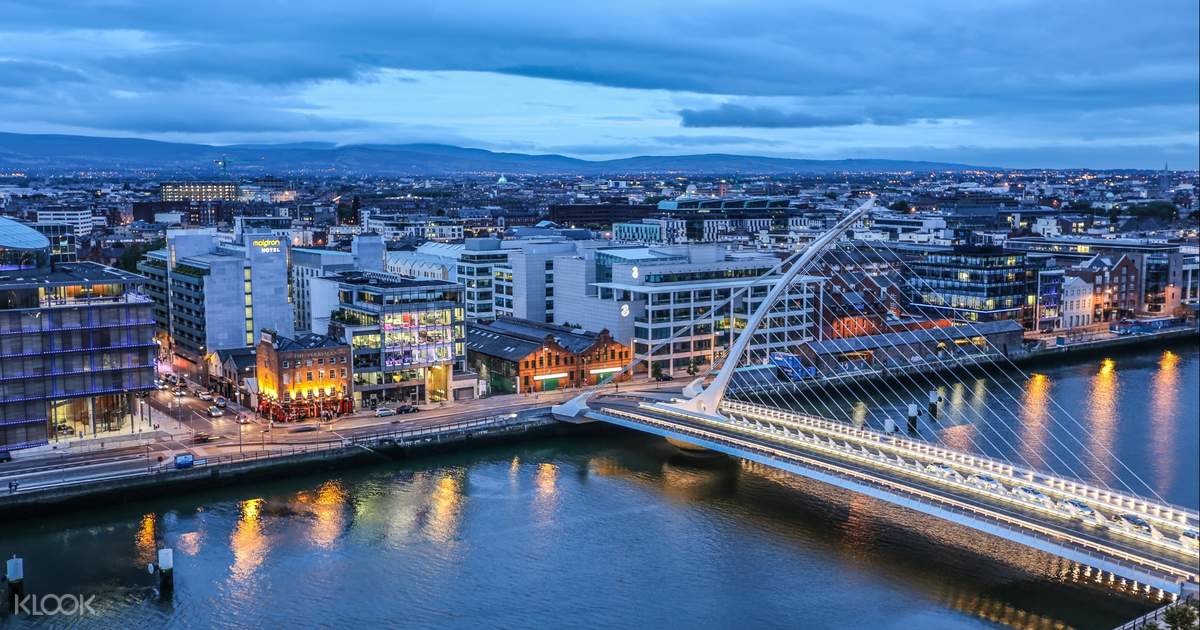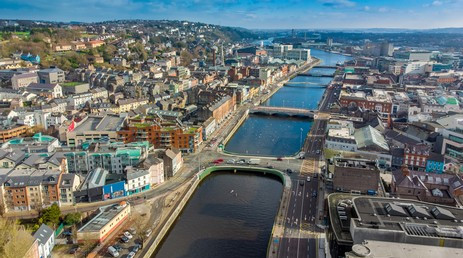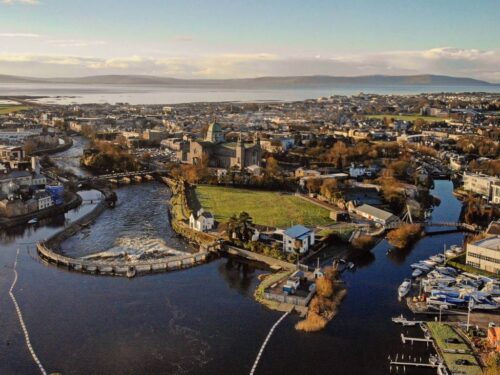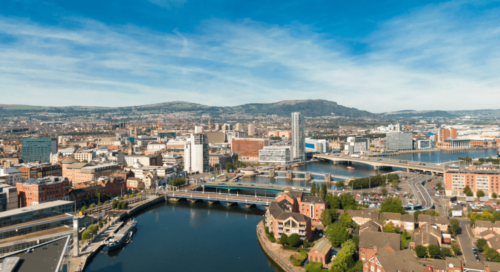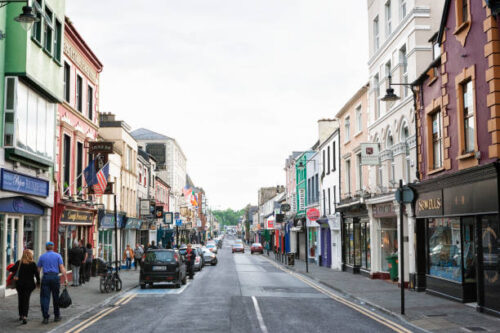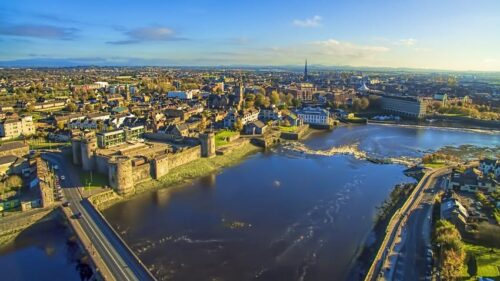Popular Cities
-DUBLIN-
-CORK-
-GALWAY-
Galway is a port city on the west coast of Ireland, at the confluence of the Corrib River and the Atlantic Ocean. The centre of the city is the 18th century Eyre Square, a popular meeting place surrounded by traditional shops and bars that often play live Irish folk music. The winding streets of the Latin Quarter are lined with stone cafes, boutiques and art galleries, and part of the medieval city wall has been preserved. It is the fourth largest city in Ireland and it is very beautiful. There is another place with the longest mukkanagederdaul. This is really a great name. Galway is full of life. In every corner of this eclectic city, you will find music, art or colourful buildings that will immediately awaken your spirit. The bohemian style of the city is obvious, and it contrasts with Galway’s iconic features, such as the historic medieval city walls and the impressive stone bridge across the Corrib River. You never know when you will meet a dance partner or a street performer swinging on the stairs, juggling axes.


